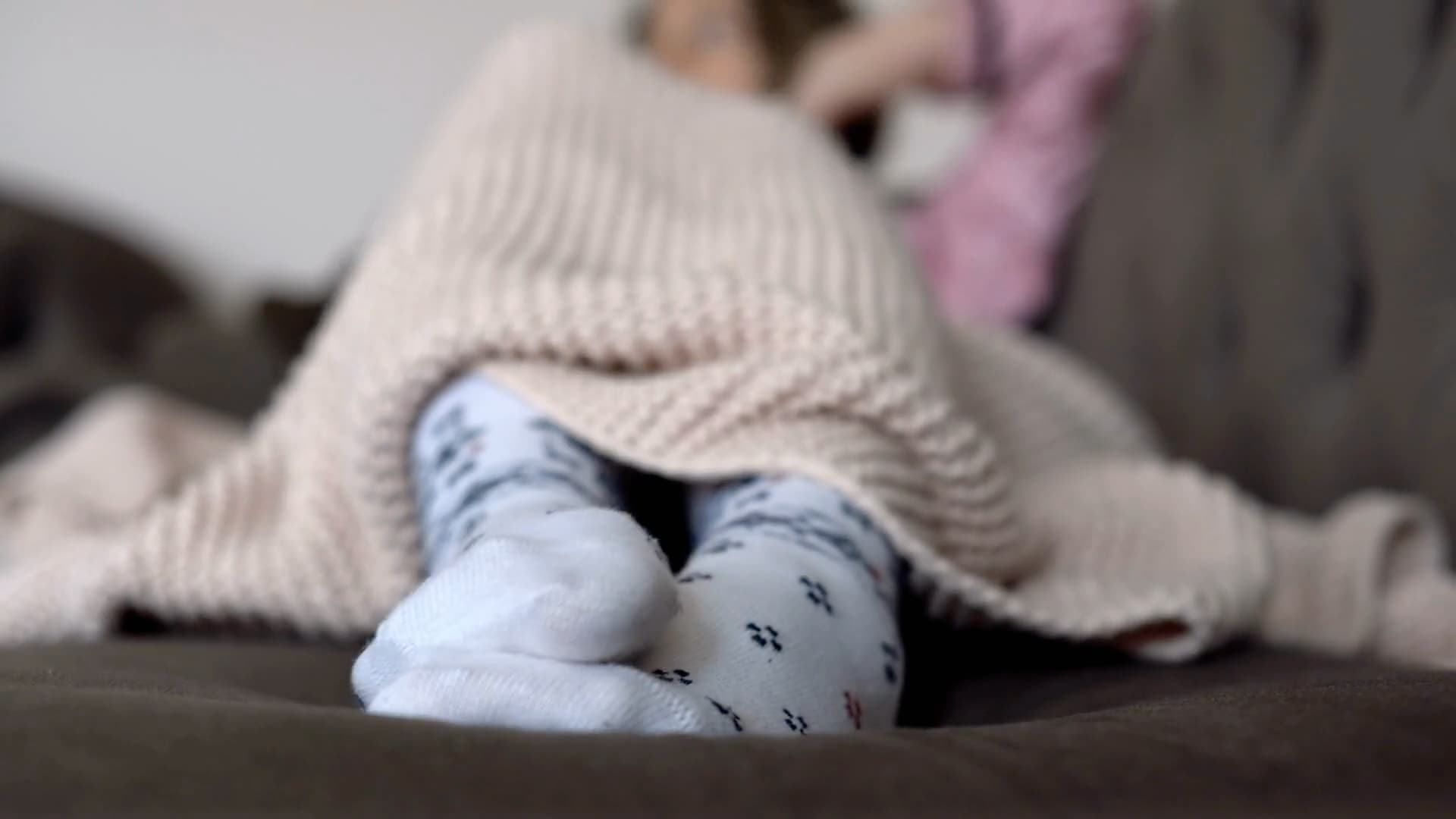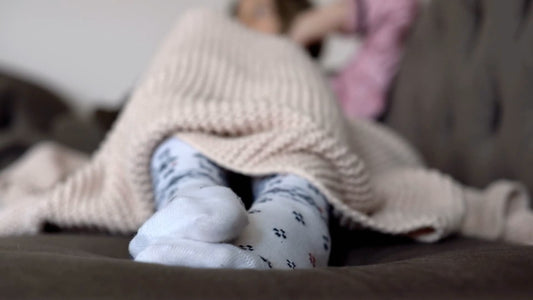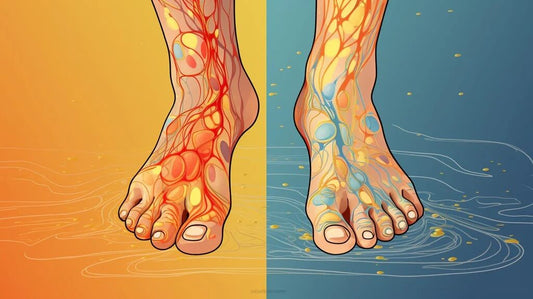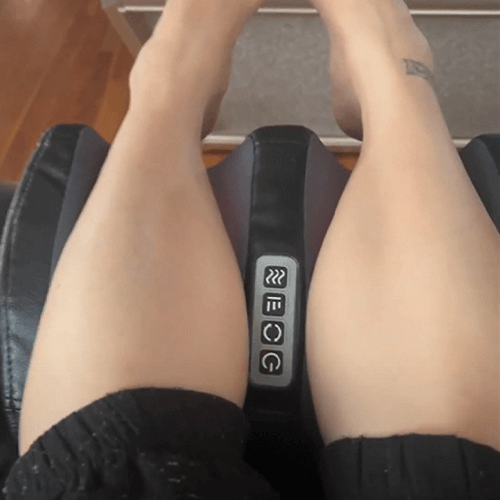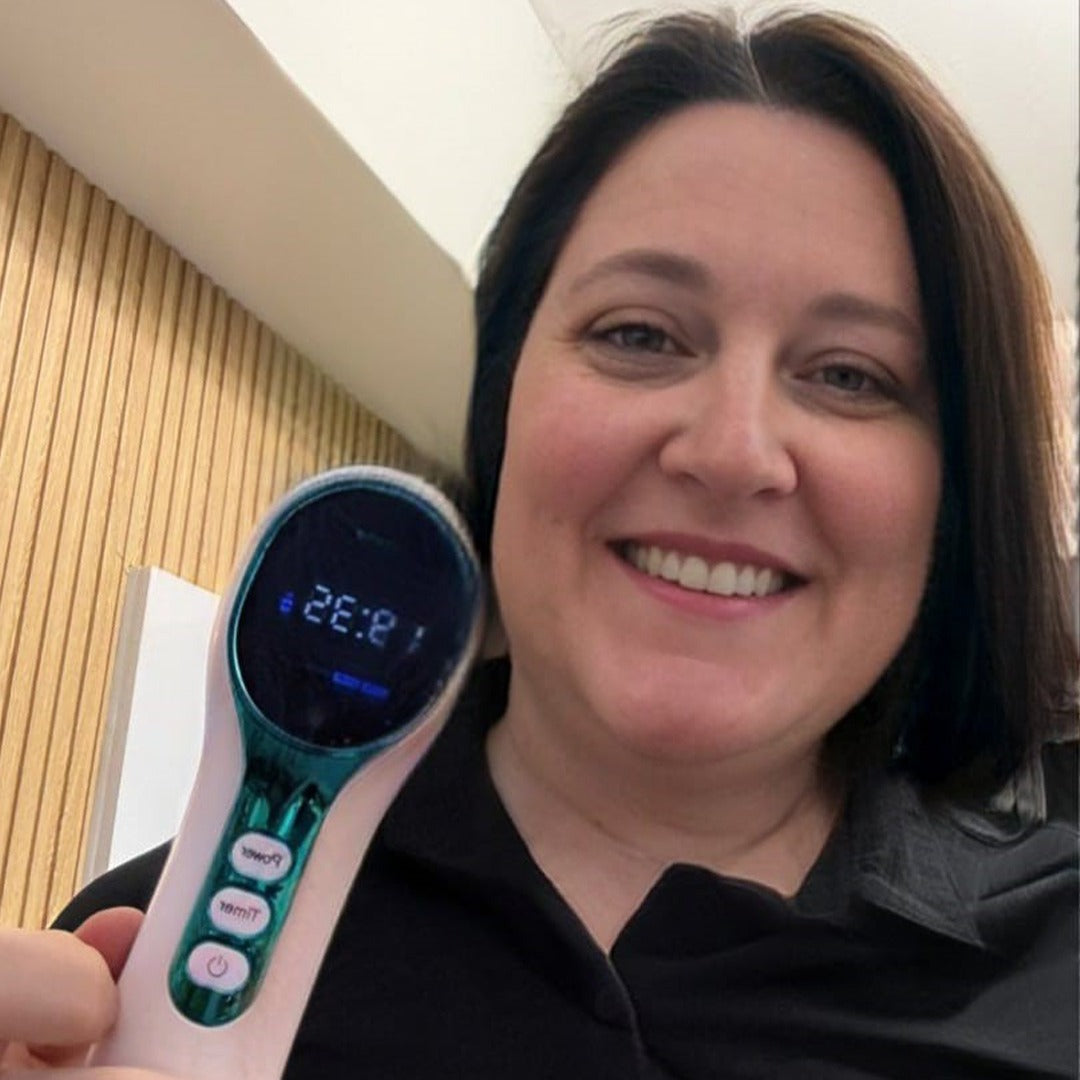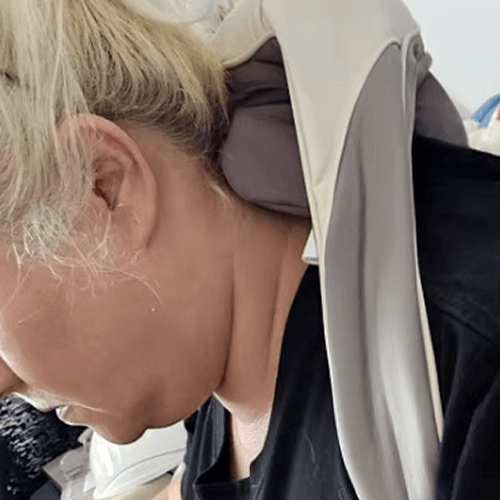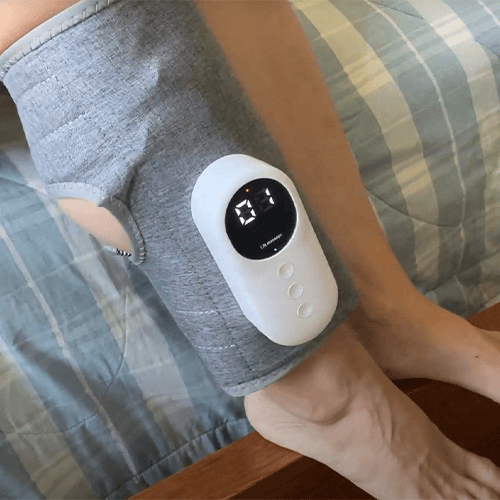As the weather turns colder, many people living with neuropathy notice a troubling pattern: their symptoms seem to intensify.
What felt like a mild tingle in summer may turn into a burning, stabbing sensation once fall and winter roll in.
If you’ve ever wondered why your neuropathy feels worse in the cold, you’re not alone—and there are good reasons this happens.
Let’s break down what’s going on in your body—and what you can do to feel better this season.
🥶 Why Cold Weather Makes Neuropathy Worse
Cold weather triggers a reaction in your body called vasoconstriction, where blood vessels narrow to preserve body heat.
That sounds helpful, but it also means less blood flow to your feet and hands.
If your nerves are already damaged, this reduced circulation cuts off vital oxygen and nutrients.
The result? More intense nerve pain, tingling, and numbness.
That’s why your toes might go numb faster, or why your foot pain feels sharper as temperatures drop.

⚡ Damaged Nerves React More to Temperature Swings
Damaged nerves don’t behave normally.
Think of them like frayed electrical wires—they misfire easily.
Cold air can overstimulate those damaged nerves, causing them to send exaggerated pain signals to your brain.
What should feel like a cool breeze can feel like a stabbing shock if your nerves are hypersensitive.
And it’s not just outdoor cold that’s a problem.
🏠 Indoor Triggers That Sneak Up On You
Even inside your home, cold-related flare-ups can sneak in:
-
Bare floors: Tile and wood sap heat from your feet
-
Dry air: Indoor heating dries out your skin, which can crack and irritate nerves
-
Sitting more: Colder weather often means less walking, which means less blood flow
If you’ve been wondering why your neuropathy symptoms spike in winter, it’s not in your head. It’s in your circulation, skin health, and nerve sensitivity.
✅ What You Can Do Right Now to Feel Better
Here are simple, science-backed ways to reduce cold-weather flare-ups and protect your nerves:
1. Layer Smartly
Wear warm, non-restrictive socks and gloves. Look for materials that trap heat without cutting off circulation. Light compression socks can be especially helpful here (more on that below).
2. Keep Moving
A short walk every hour keeps blood flowing to your extremities. Even ankle circles or toe raises while sitting can help.
3. Soak, But Don’t Scald
A warm foot soak (not hot!) before bed can ease stiffness, calm nerves, and support healing.
4. Hydrate and Moisturize
Drink plenty of water to keep your tissues healthy. And apply moisturizer to your feet daily to avoid skin cracking that can worsen nerve pain.
5. Support Circulation With Compression
Wearing the right kind of compression socks can stimulate blood flow and help keep nutrient-rich oxygen reaching your nerves.
🌟 Why StepEase Socks Are a Game-Changer in Cold Months
If cold floors and reduced circulation are aggravating your feet, StepEase compression socks offer an easy, non-medicated solution.
Unlike standard socks, StepEase uses targeted compression zones to improve blood flow in the areas most affected by neuropathy. This enhanced circulation delivers the oxygen and nutrients your nerves desperately need.
-
Breathable and comfortable for all-day wear
-
Scientifically designed to boost nerve health
-
Gentle enough to wear during rest or activity
Many users report feeling relief from burning, tingling, and numbness from the very first wear.
And with a 90-day Relief-or-Refund Guarantee, you can try them with total confidence.

✅ One Small Habit to Try Today
Pick one action from this blog—a 5-minute walk, a warm soak, or upgrading your socks—and start today.
Small daily habits make a big difference in managing neuropathy.
And if you’re ready to give your feet more consistent support, StepEase socks are a simple way to stay warm, boost circulation, and feel more comfortable this winter.
Because you deserve to move through the season without pain slowing you down.

